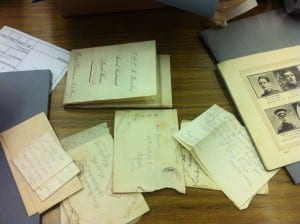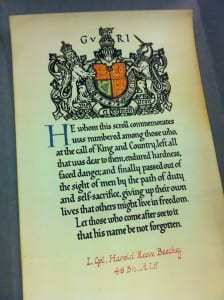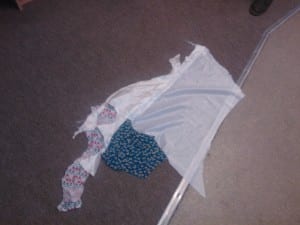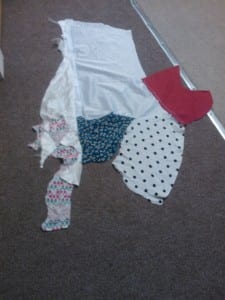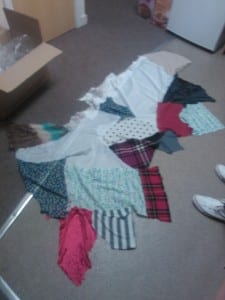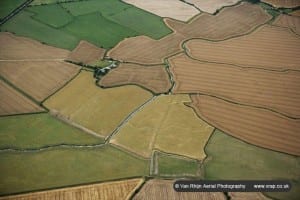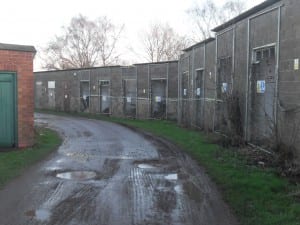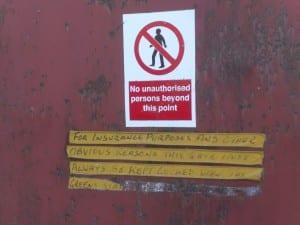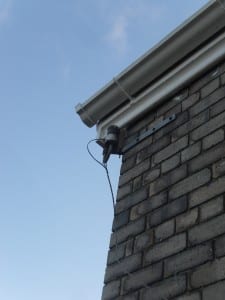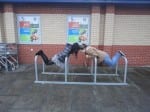One of the first ideas for the Tank group was to create a video recreating the conception of the tank. The video was to use the Yarborough room within the White Hart Hotel in Lincoln where historically we know the idea of the tank was first conceived. We did this because this could be a real starting point for our performance since we could use it as a mapping point and explore the creation of the tank from this very beginning. We also this was a strong point because ‘Relationships between the arts and everyday life became subject to radical scrutiny in the period of the historical avant-garde’ ((Goven Emma et al (2007) Making a Performance: Devising Histories and Contemporary Practices, Routledge p. 18)) we thought this was important because ‘Place is a space in which important words have been spoken which have established identity, defined vocation and envisioned destiny.’ ((Brueggeman, Walter (1989) ‘The Land’, in Liburne G.(ed) A Sense of place: Christian Theology of the Land, Nashville: Abingdon Press)) the tank changed the face of warfare and the idea of war altogether and we believe that this notion of the changing of warfare needs to be highlighted.
We then moved onto looking at turning this video into more of a commercial, or an American-styled infomercial where the presenter tempts you into buying the product being sold, this being the tank, mixed in with soundscapes of tanks and collages of images from testing out the tanks to them on the battlefield. We thought this would be effective because it the audience could take it as if we were trying to ‘sell’ the idea of a tank to them today. Plus it plays with the idea that all the investors of the tank back in the early 20th Century were placing a huge bet on the effectiveness of the tanks, similar to the people who placed bets on the horses at the grandstand.
Another idea we looked at was building a small scale model tank within the grandstand whilst being dressed as engineers and other workers who would have been involved in building the tank. We talked about doing this because ‘The first tank was built in Lincoln by William Foster and Co.’ ((Fish, Elizabeth (2013) Tank Memorial Proposed for Lincoln Roundabout, online: http://thelincolnite.co.uk/2013/03/tank-memorial-moves-to-lincoln-roundabout/ (accessed 20 March 2013) ))Showing how Lincoln is essential to the conception of the tank and how it was vita to helping Britain win the war. We also wanted to play with idea of building the tank as a scale model because the action to build a small scale model takes precise intricate movements which would be reciprocated in the idea that when originally building the tanks every choice had to be precise and carefully planned in order to make the tank work.
Since this idea of ours it has come to light that a group within Lincoln wish to create a memorial of the birth of the tank on the roundabout at the end of Tritton Road in Lincoln ‘The aim behind the idea… is to remind and educate people on Lincoln’s engineering history, and commemorate the effort made by civilians in the city during the war.’ (( Fisch, Elizabeth (2013) Tank Memorial Proposed for Lincoln Roundabout, online: http://thelincolnite.co.uk/2013/03/tank-memorial-moves-to-lincoln-roundabout/ (accessed 20 March 2013) ))This idea highlights the fact that Lincoln and Lincolnshire in general was essential to the cause of winning the war.
